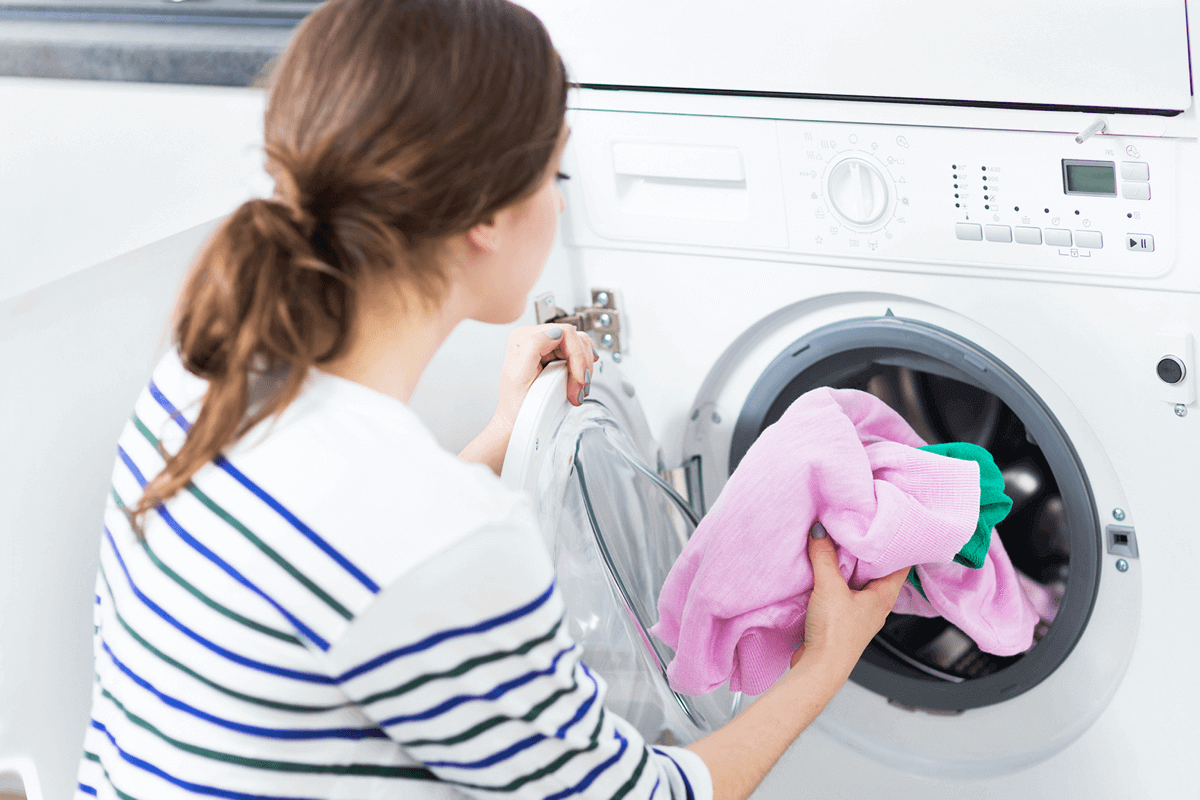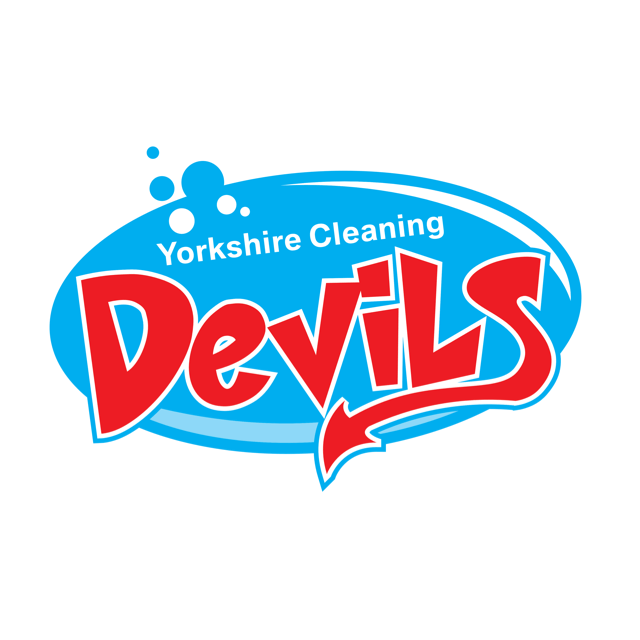

Whether you have a front or top loading washing machine. Smelly washing machine that you would like to sanitise or remove mildew. We have the ultimate washing machine cleaning guide. Read on to find out how to clean your washing machine using bleach, vinegar or baking soda. Clean washing machine not only smells fresh but cleans your clothes more effectively.
We’ll start with giving your washing machine vinegar wash to dissolve soap scum and tough mineral deposits. Followed by bleach wash to get rid of as much bacteria, mould and mildew as possible.
To clean your front loading washing machine with white vinegar add 2 cups of white vinegar to the washing machine’s drawer or pour directly into the drum. Find the hottest water setting and run a wash cycle using this programme. This will get rid of mould, mildew and dissolves mineral deposits.
Add 4 cups of white vinegar to the washer drum and fill with hot water. Leave to soak for an hour. Then run a wash cycle on the hottest water setting.
After the cycle with white vinegar has finished, then you can do another cycle with bleach
Add 2 cups of bleach or hydrogen peroxide to the washing machine’s drawer or directly into the drum. Run another wash cycle using the hottest water setting you have. This will remove stains and eliminates bacteria.
Add 4 cups of bleach or hydrogen peroxide to the washer drum filled with hot water. Leave to soak for an hour. This will eliminate mould and mildew. After an hour of soak run a hot water cycle.
After the bleach cycle is complete, run a rinse cycle which will flush any remaining grime and residue.
Leave the door open to let the inside of the drum air-dry. If the smell is still there repeat the steps 1, 2 and 3 again.
In the meantime, you can start cleaning the washing machine drawer.
Soak the drawer in hot, soapy water for a few minutes. Using an old toothbrush to get in the small gaps and scrub to remove mould and soap scum then rinse with clean water. You can use bicarbonate of soda and white vinegar to remove odours and smells from inside of the soap drawer.
You can find coins, buttons or even hair in the rubber seal of your washing machine. It’s also a haven for mould and mildew.
By now, the washing machine should be dry, and you should be able to clean the rubber seal much easier.
If the rubber seal is relatively clean, you can use a damp cloth to wipe it clean. Don’t forget behind the rubber seal where residue and mould can build up over time. For more stained rubber seal use a toothbrush to scrub it. If this doesn’t clean the rubber seal completely add 1/4 cup of bleach and 4 cups of warm water to a bowl. Dampen a cloth in the solution then wipe down the rubber seal.
The filter on most washing machines is beneath the drum door just above the floor. The filter is used to gather fluff, hair, coins or anything else that could reach the pump or accumulate in the crevices. Check with the manufacturer how to remove the filter cover safely. If you still have the washing machine’s user manual, it should explain how to clean the filter safely. It may be a good idea to place an old towel, tray or bowl beneath the washing machine to catch any water leaks when unscrewing the filter.
Limescale build up in your washing machine means higher energy bills, a haven for bacteria and risk of corrosion of the heating element.
Place 500g of Soda Crystals in the main drum and run an empty wash cycle on the hottest temperature. Soda crystals will eliminate grime and clean out bacteria.
If you live in a hard water area, you can alternate between Soda crystals and Citric acid. Add 250g of Citric acid in the main drum and run an empty wash cycle on the hottest temperature.
Most manufacturers recommend cleaning your washing machine once a month to prevent mould, soap scum and bacteria build up.
© Copyright 2025. Cleaning Angels LTD trading as Yorkshire Cleaning Devils